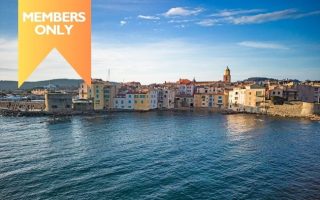The Fabulous Flamingos of the Camargue’s Pont du Gau Park

Ohlala! It looks like you’re not a Member yet
Join to view this content!
(If you are a Member, log in or reset your password below or contact us so we can help)
- Log in
- Forgot password
Share to: Facebook Twitter LinkedIn Email
More in bird-spotting, Camargue, nature in france, South of France, travel feature, wildlife
Leave a reply
Your email address will not be published. Required fields are marked *



